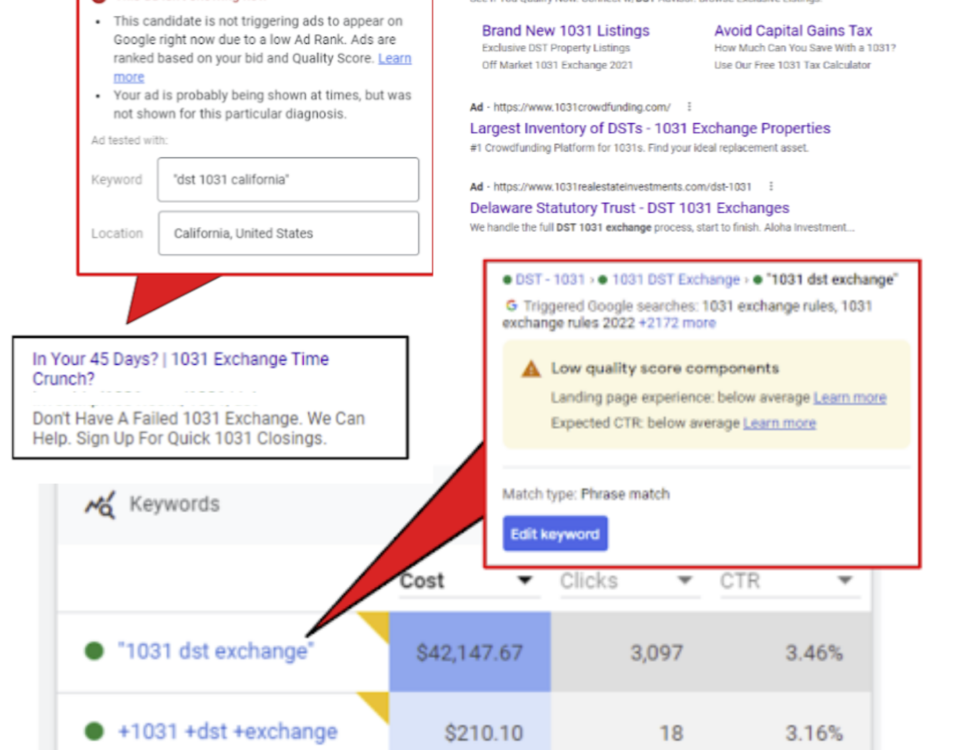
Push Notifications: Attention-Grabbing Direct Marketing Tool to Warm Up Leads and Increase Overall Response (Integrated Marketing Pt. 5)
July 10, 2019
More Accurate Targeting in a Big Data World: First-Party Data & Data Modeling
September 20, 2019The Next Big Thing in TV: Connected TV Ad Targeting Produces Better Results

In Integrated Marketing Pt.3, we talked about how digital marketing hit a new landmark. Today, we’ll focus on a new emerging digital marketing tool that is starting to grab marketing dollars from traditional TV: Connected TV (CTV) ad targeting.
Connected TV (CTV) refers to any TV that can be connected to the internet and access content beyond what is available via cable. CTV relies on streaming services such as Roku and Hulu to offer viewers a wide variety of TV shows and movies – without relying on cable’s scheduled programming.
The result? Plummeting cable viewership – especially among millennials – and fewer opportunities for traditional commercial advertising.
While some marketers may be discouraged by the low ratings, this shift actually presents an exciting new opportunity in TV: Targeting specific demographics – as opposed to nationwide audiences.
Cars.Com – Turning to Connected TV Ad Targeting for Maximum Response
In the past, Cars.com relied exclusively on “casting their net wide” – for example, by playing a commercial during the SuperBowl to increase brand positioning and reach potential buyers across the nation.
But earlier this year, Cars.com tried a radical new approach to their advertising and pressed “pause” on their regular commercials to instead run targeted ads through streaming services to people in the market for a new car.
These ads – combined with a sponsorship on NCAA.com and digital ads – produced a significant increase in website traffic. The effort was a success – and Cars.com says that it will spend 6% more on targeted advertising and 12% less on traditional advertising in 2019.
How Does Connected TV Ad Targeting Work?
Connected TV ad targeting is remarkable because it allows marketers to target with great precision – and still reach a wide audience of potential buyers.
But how does it actually work?
First, a brand chooses a target demographic that it wants to reach with a specific ad. For example, a supplement company may want to target high-income prospects interested in alternative health with an ad for a pain-reducing supplement.
Then, a streaming company such as Roku works with a large data company to identify the names of prospects who fit this demographic. These prospects are then matched to physical addresses, where the streaming service can run these targeted ads during commercial breaks.
The result is a win for everyone: Prospects view an ad that is geared towards their specific tastes and buying habits; ads see increased response and powerful brand positioning; and streaming services gain valuable advertising revenue (In fact, Roku attributed significant revenue growth to the fact that its ad impressions have more than doubled).
What do you think about Connected TV ad targeting? Is it a great idea – or destined to go the way of traditional TV commercials? Comment below!


